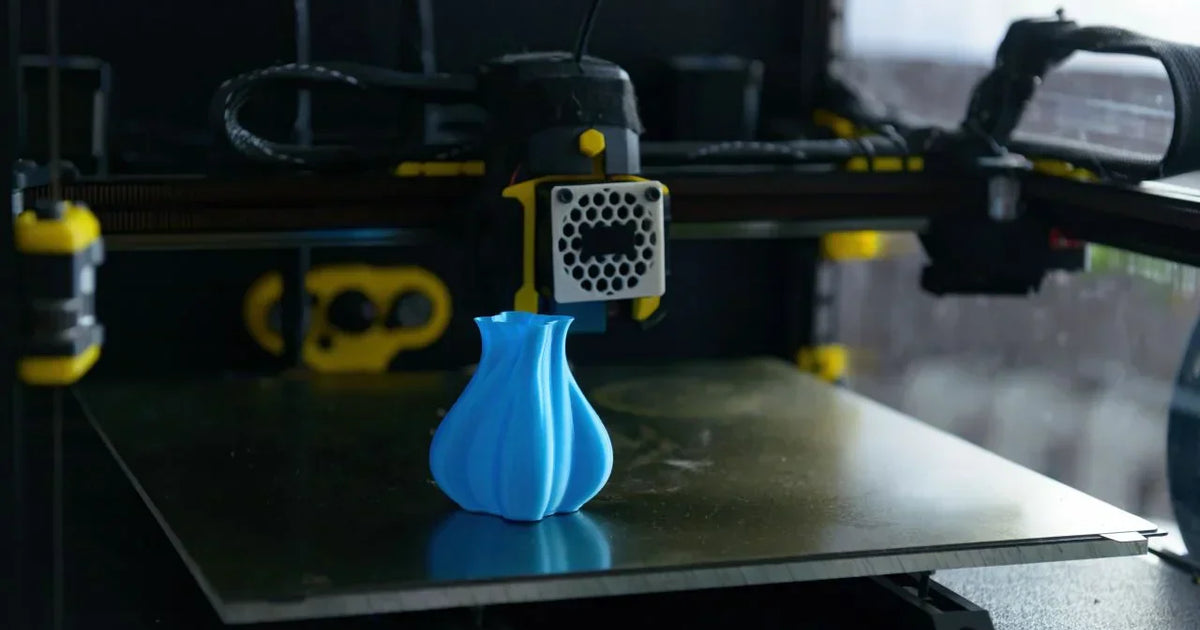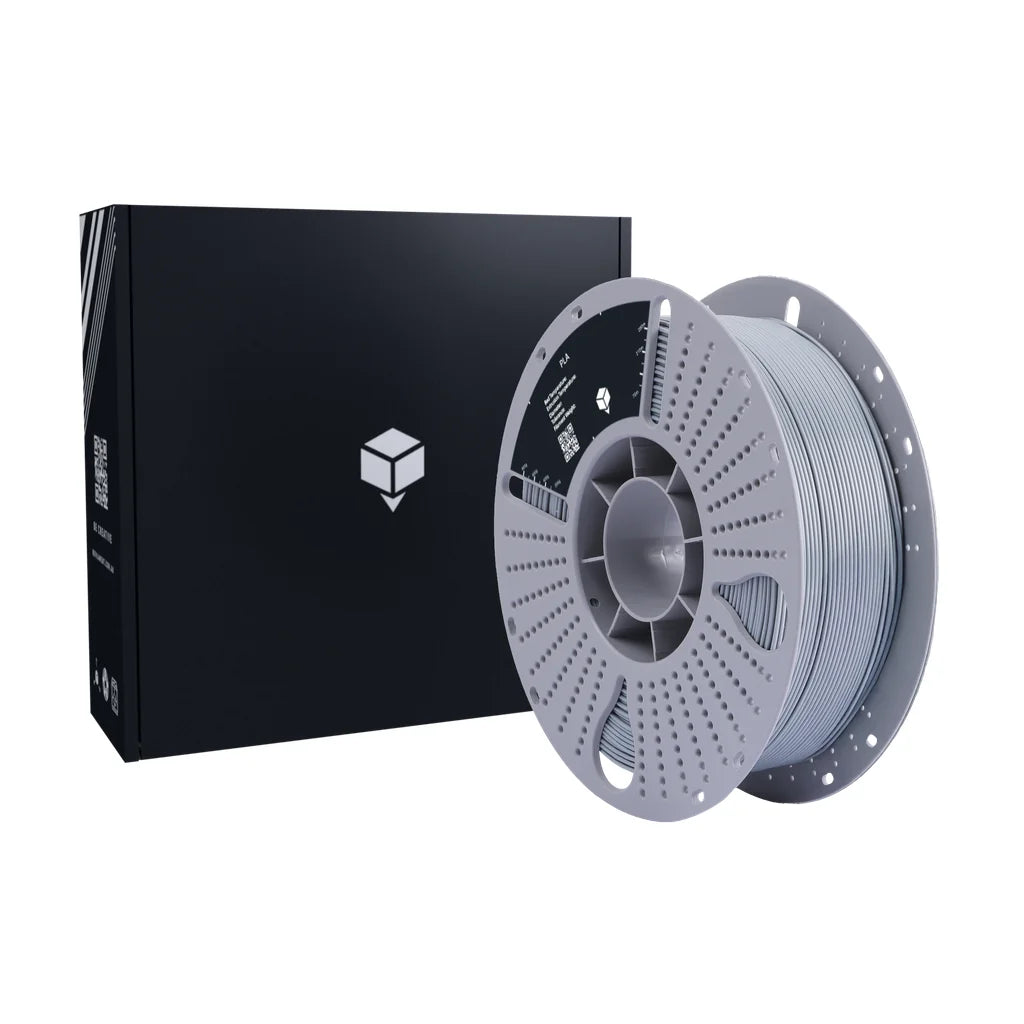
Introduction
If you've mastered the basics of 3D printing or are looking for a filament that balances durability with ease of use, PETG (Polyethylene Terephthalate Glycol) is worth considering. Known for its strength and versatility, PETG is becoming increasingly popular for functional prints, prototypes, and projects that need a bit more toughness than PLA can provide. Let's dive into why PETG is a fantastic filament for both beginners ready to level up and experienced users alike.
Table of Contents
- Strong and Durable Yet Flexible
- Easy to Print With Minimal Warping
- Chemical and Weather Resistant
- Food Safe and Odourless
- Versatile Applications
- Storing PETG Filament
- Why Choose Blue Ember's PETG?
- Conclusion
1. Strong and Durable Yet Flexible
PETG is a thermoplastic polyester that offers excellent impact resistance and flexibility without being brittle. Unlike PLA, which can crack under stress, PETG can bend slightly before breaking, making it ideal for parts that need to withstand wear and tear or mechanical stress.
This durability makes PETG suitable for functional components, such as brackets, hinges, or protective casings, which need to endure everyday use.
2. Easy to Print With Minimal Warping
One of PETG's standout features is its ease of printing compared to other durable filaments like ABS. It typically prints well between 230°C and 250°C and adheres reliably to most print beds with a heated bed set around 70°C to 80°C. PETG’s low warping and shrinkage make it more forgiving during printing, though it can be prone to stringing if retraction settings aren’t dialed in.
With a bit of tuning, PETG offers a smooth printing experience and sharp details, bridging the gap between PLA’s simplicity and ABS’s toughness.
3. Chemical and Weather Resistant
PETG is resistant to water, chemicals, and UV exposure, which makes it suitable for outdoor applications and parts exposed to moisture or mild chemicals. This versatility opens up many possibilities for using PETG in projects ranging from garden tools to wearable accessories.
4. Food Safe and Odourless
Many PETG filaments are food-safe, non-toxic, and emit minimal odour during printing, making them suitable for applications like containers, kitchen utensils, or anything requiring direct food contact. Always check manufacturer specifications to ensure the filament meets your needs.
5. Versatile Applications
Whether you’re creating functional prototypes, cosplay props, mechanical parts, or household items, PETG’s balanced properties make it a reliable choice. Some common uses include:
- Durable parts that require impact resistance and flexibility
- Outdoor components exposed to moisture and UV light
- Food-safe containers and kitchen tools
- Cosplay and costume accessories
6. Storing PETG Filament
To maintain print quality, PETG filament should be stored in a dry environment. Like most filaments, exposure to moisture can cause printing issues such as bubbling and poor layer adhesion. Using airtight containers with desiccant packs is recommended.
7. Why Choose Blue Ember's PETG?
As a local Australian supplier, Blue Ember ensures our PETG filament is carefully tested and quality controlled. We offer a wide range of colours and fast shipping to keep your projects on track. Our team is here to help with advice and support to get the best from your PETG prints.
Conclusion
PETG is a fantastic filament for anyone ready to take their 3D printing beyond PLA, offering strength, flexibility, and easy printing with excellent finish quality. Whether you're printing functional parts or creative projects, PETG can deliver reliable results with the right settings.
Explore our full range of PETG filaments here and discover how Blue Ember can support your 3D printing journey.

